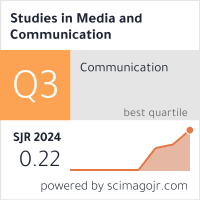High Energy Vision: Processing X-rays
Abstract
Astronomy is by nature a visual science. The high quality imagery produced by the world’s observatories can be a key to effectively engaging with the public and helping to inspire the next generation of scientists. Creating compelling astronomical imagery can, however, be particularly challenging in the non-optical wavelength regimes. In the case of X-ray astronomy, where the amount of light available to create an image is severely limited, it is necessary to employ sophisticated image processing algorithms to translate light beyond human vision into imagery that is aesthetically pleasing while still being scientifically accurate. This paper provides a brief overview of the history of X-ray astronomy leading to the deployment of NASA’s Chandra X-ray Observatory, followed by an examination of the specific challenges posed by processing X-ray imagery. The authors then explore image processing techniques used to mitigate such processing challenges in order to create effective public imagery for X-ray astronomy. A follow-up paper to this one will take a more in-depth look at the specific techniques and algorithms used to produce press-quality imagery.
Full Text:
PDFDOI: https://doi.org/10.11114/smc.v3i2.913
Refbacks
- There are currently no refbacks.
Studies in Media and Communication ISSN 2325-8071 (Print) ISSN 2325-808X (Online)
Copyright © Redfame Publishing Inc.
To make sure that you can receive messages from us, please add the 'redfame.com' domain to your e-mail 'safe list'. If you do not receive e-mail in your 'inbox', check your 'bulk mail' or 'junk mail' folders.
If you have any questions, please contact: smc@redfame.com
------------------------------------------------------------------------------------------------------------------------------------------------------

